Year 2009 This is actually proof of string theory existence through magnetic monopoles.
Neutron scattering measurements on two spin-ice compounds show evidence for magnetic monopoles.
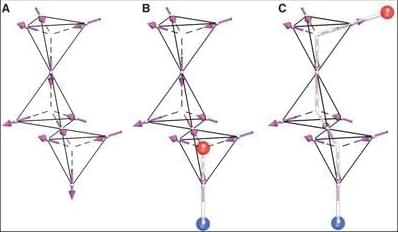
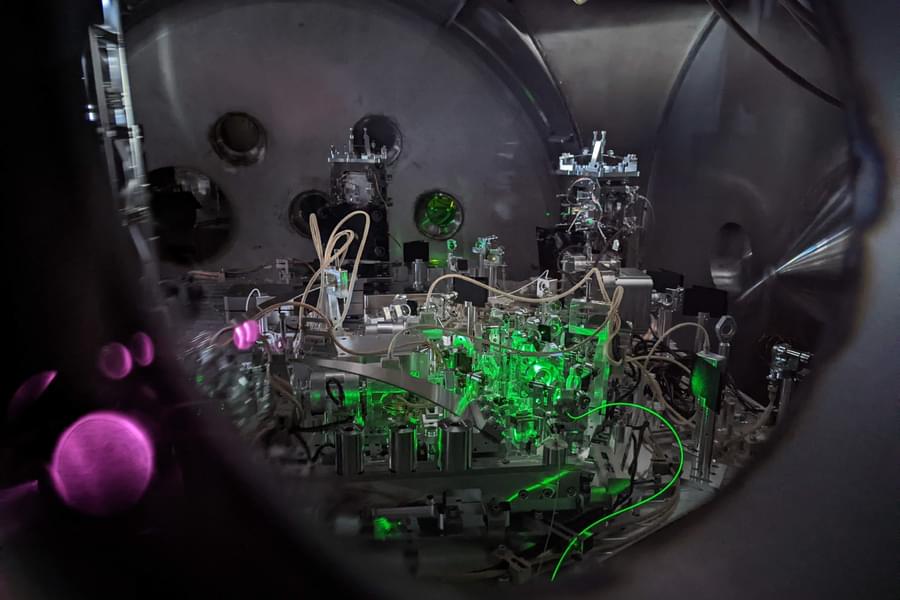

Monika Schleier-Smith is testing the idea that space-time emerges, like a hologram, from quantum interactions by attempting to make it in the lab.
By Lyndie Chiou

Every academic field has its superstars. But a rare few achieve superstardom not just by demonstrating individual excellence but also by consistently producing future superstars. A notable example of such a legendary doctoral advisor is the Princeton physicist John Archibald Wheeler. A dissertation was once written about his mentorship, and he advised Richard Feynman, Kip Thorne, Hugh Everett (who proposed the “many worlds” theory of quantum mechanics), and a host of others who could collectively staff a top-tier physics department. In ecology, there is Bob Paine, who discovered that certain “keystone species” have an outsize impact on the environment and started a lineage of influential ecologists. And in journalism, there is John McPhee, who has taught generations of accomplished journalists at Princeton since 1975.
Computer science has its own such figure: Manuel Blum, who won the 1995 Turing Award—the Nobel Prize of computer science. Blum’s métier is theoretical computer science, a field that often escapes the general public’s radar. But you certainly have come across one of Blum’s creations: the “Completely Automated Public Turing test to tell Computers and Humans Apart,” better known as the captcha—a test designed to distinguish humans from bots online.
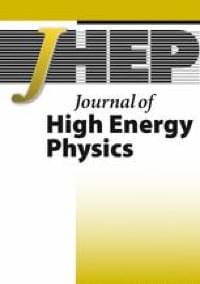
Only theoretical now but someday this could lead to lag free and error free quantum computers.
Quantum gates built out of braid group elements form the building blocks of topological quantum computation. They have been extensively studied in SUk quantum group theories, a rich source of examples of non-Abelian anyons such as the Ising (k = 2), Fibonacci (k = 3) and Jones-Kauffman (k = 4) anyons. We show that the fusion spaces of these anyonic systems can be precisely mapped to the product state zero modes of certain Nicolai-like supersymmetric spin chains. As a result, we can realize the braid group in terms of the product state zero modes of these supersymmetric systems. These operators kill all the other states in the Hilbert space, thus preventing the occurrence of errors while processing information, making them suitable for quantum computing.
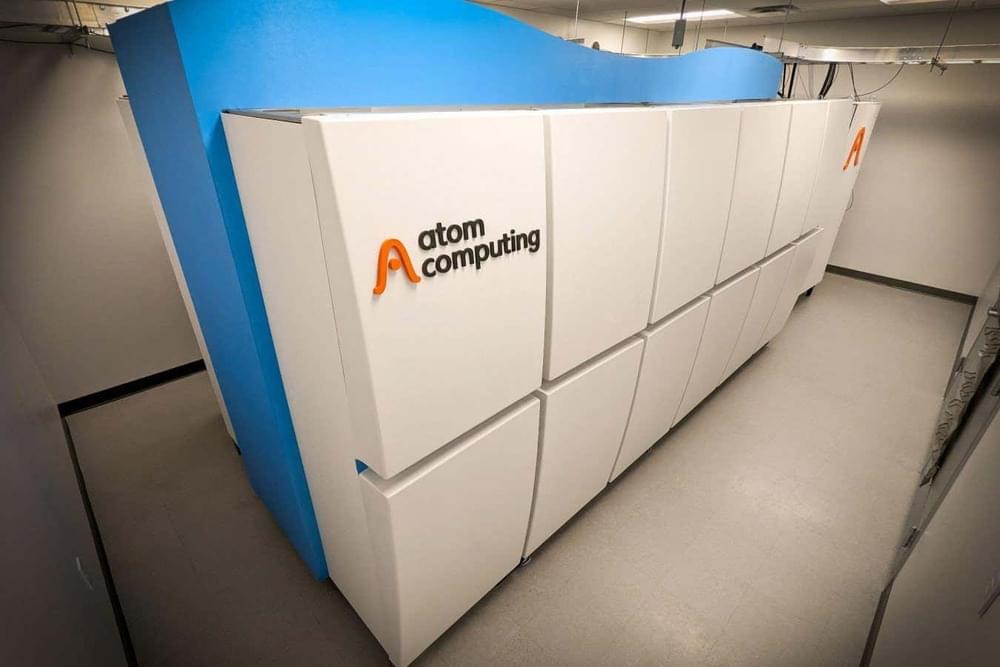
Atom Computing has created the first quantum computer to surpass 1,000 qubits, which could improve the accuracy of the machines.
By Alex Wilkins
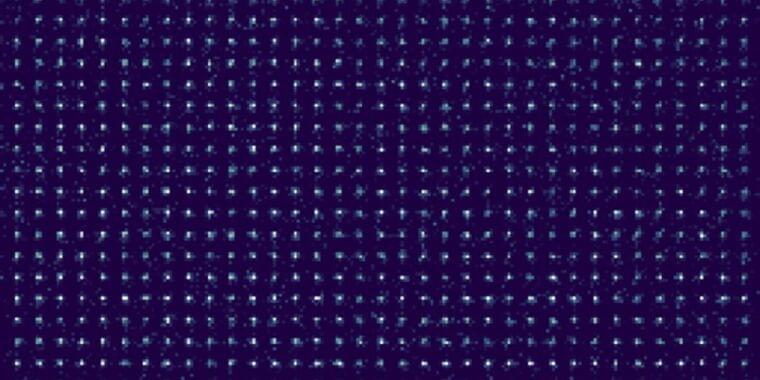
How many qubits do we have to have in a quantum computer and accessble to a wide market to trully have something scfi worthy?
Today, a startup called Atom Computing announced that it has been doing internal testing of a 1,180 qubit quantum computer and will be making it available to customers next year. The system represents a major step forward for the company, which had only built one prior system based on neutral atom qubits—a system that operated using only 100 qubits.
The error rate for individual qubit operations is high enough that it won’t be possible to run an algorithm that relies on the full qubit count without it failing due to an error. But it does back up the company’s claims that its technology can scale rapidly and provides a testbed for work on quantum error correction. And, for smaller algorithms, the company says it’ll simply run multiple instances in parallel to boost the chance of returning the right answer.
Computing with atoms
Atom Computing, as its name implies, has chosen neutral atoms as its qubit of choice (there are other companies that are working with ions). These systems rely on a set of lasers that create a series of locations that are energetically favorable for atoms. Left on their own, atoms will tend to fall into these locations and stay there until a stray gas atom bumps into them and knocks them out.
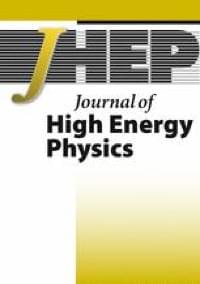
Year 2022 This is getting interesting for sure :3.
We study worldvolume actions for D-branes coupled to the worldvolume U gauge field and Ramond-Ramond (RR) potentials in nonrelativistic string theory. This theory is a self-contained corner of relativistic string theory and has a string spectrum with a Galilean-invariant dispersion relation. We therefore refer to such D-branes in nonrelativistic string theory as nonrelativistic D-branes. We focus on the bosonic fields in spacetime and also couple the D-branes to general closed string geometry, Kalb-Ramond, and dilaton background fields. We dualize nonrelativistic D-branes by performing a duality transformation on the worldvolume U gauge field and uncover novel dual D-brane actions. This generalizes familiar properties, such as the SL(2, ℤ) duality in Type IIB superstring theory and the relation between Type IIA superstring and M-theory, to nonrelativistic string and M-theory.

face_with_colon_three This looks awesome :3.
There is great interest in using quantum computers to efficiently simulate a quantum system’s dynamics as existing classical computers cannot do this. Little attention, however, has been given to quantum simulation of a classical nonlinear continuum system such as a viscous fluid even though this too is hard for classical computers. Such fluids obey the Navier–Stokes nonlinear partial differential equations, whose solution is essential to the aerospace industry, weather forecasting, plasma magneto-hydrodynamics, and astrophysics. Here we present a quantum algorithm for solving the Navier–Stokes equations. We test the algorithm by using it to find the steady-state inviscid, compressible flow through a convergent-divergent nozzle when a shockwave is (is not) present.

In 2015, the Laser Interferometer Gravitational-Wave Observatory (LIGO), made history when it made the first direct detection of gravitational waves—ripples in space and time—produced by a pair of colliding black holes.
Since then, LIGO and its sister detector in Europe, Virgo, have detected gravitational waves from dozens of mergers between black holes as well as from collisions between a related class of stellar remnants called neutron stars. At the heart of LIGO’s success is its ability to measure the stretching and squeezing of the fabric of space-time on scales 10 thousand trillion times smaller than a human hair.
As incomprehensibly small as these measurements are, LIGO’s precision has continued to be limited by the laws of quantum physics. At very tiny, subatomic scales, empty space is filled with a faint crackling of quantum noise, which interferes with LIGO’s measurements and restricts how sensitive the observatory can be.